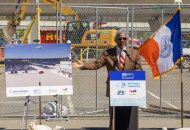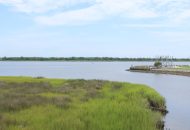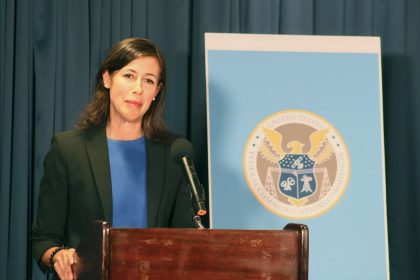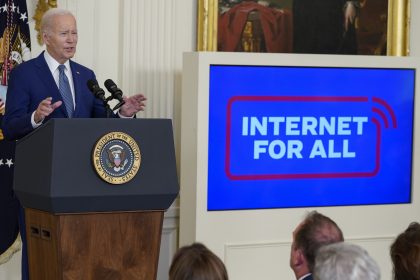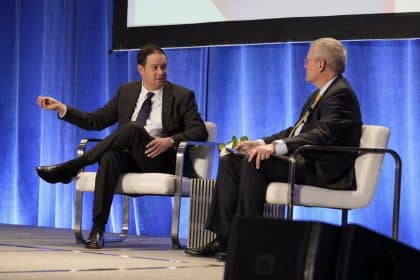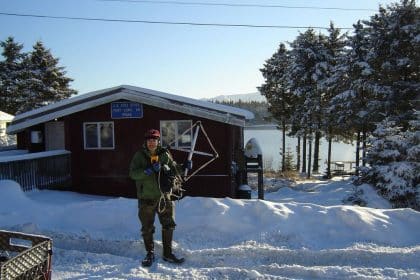State and Local Governments Will Drive Broadband Deployment Success
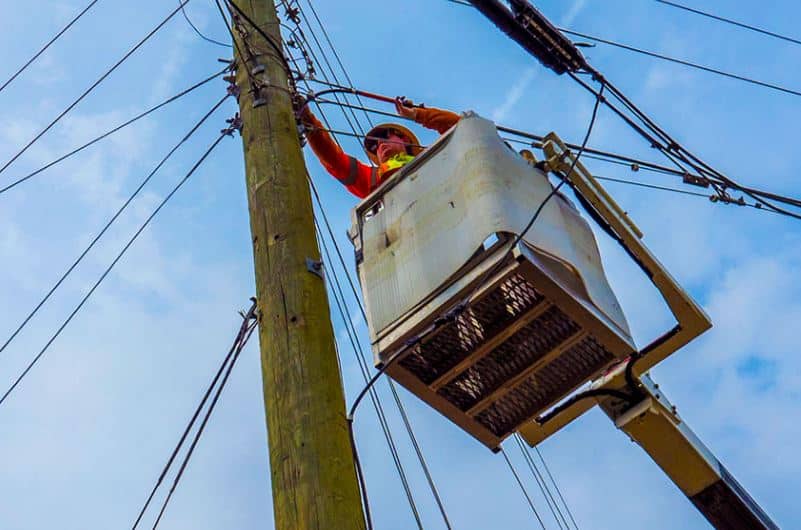
States will be at the helm of the $42.5 billion in block grants designated in the historic $65 billion proposed for nationwide high-speed broadband within President Biden’s infrastructure bill.
The broadband-related funding of the bill itself shows the federal government recognizes broadband as essential as a utility, and acknowledges the importance of the role state and local governments will play in the success of its deployment, said Katheryn de Wit, project director of the Pew Charitable Trust’s Broadband Access Initiative, Monday.
The digital divide between communities with high-speed internet, and those without, that this bill seeks to close, “is an inherently localized issue,” said Wit at a Federal Communications Bar Association event.
“The policies themselves, the politics of states, the [broadband] provider landscape, or the physical landscape – all of those things influence what the deployment environment is like on the ground,” she explained and is incredibly difficult to manage on a national level as lack of connectivity can sometimes be a per-city-block issue and each state environment is different.
From the $42.5 billion, each state will receive a minimum of $100 million, Wit explained, with the remaining funds administered by the National Telecommunications and Information Administration.
The agency will come up with the rules governing these block grants, but the states have a lot of flexibility and “would have a large amount of autonomy and authority in determining how those funds will be spent,” Wit said.
The funds can be used for training and devices, affordability, and digital equity programs. The states decide how to use these funds to best meet the digital divide in their local communities.
The remainder of $65 billion includes $14.2 billion to make a semi-permanent version of the FCC’s current $3.2 billion Emergency Broadband Benefit program replacing the $50 discount on broadband service per month to $30.
Another $1 billion is set aside for middle-mile deployment that connects rural areas without networks to the last-mile deployment, which drives down the costs to connect these communities in the deep end of the rural connectivity void.
It also includes $1 billion for tribal lands deployment and another $2.75 billion for digital equity grants for national, state and local levels. A portion of the latter will go to states’ five-year action plans to comprehensively connect the communities within their territories that have inequitable access, with the proposed legislation requiring local government involvement in these action plans, Wit said.
The bill reflects a decade of lessons learned from research in the field since the 2009 Recovery Act included $7.2 billion for broadband deployment, Wit said. Not only is the amount of this bill exponentially greater than that, but it also goes beyond just incentivizing the deployment of networks – it’s about access and affordability of services and devices, expanding digital literacy to increase broadband adoption rates, and involves the community players to ensure a “holistic approach and bridging the digital divide.”
Unfortunately, pointing back to the 2009 act, Dr. Mark Jamison, economist and professor at the University of Florida, said we cannot measure “any kind of impact of those [programs] other than the money was spent.”
In order to avoid those mistakes today, while drafting the rules governing this historic round of broadband funding, the NTIA should:
- Identify exactly what is being targeted – what exact service needs to be available, to whom, and where they are;
- Establish a competitive process for those grants through reverse auction – that starts with the amount expected to be spent, but allows for applicants to bid down to see who can do it for less;
- Exact contracts with specific commitments to receive the money; and,
- Establish an enforcement mechanism with consequences if these commitments are not met.
The reverse auction, Jamison explained, could save up to half the funds expected to be spent.
All panelists agreed that one key to the continuous success of present and future broadband funding will be evaluation – something that surprisingly has not been done in past broadband-related funding efforts.
Having the funds to spend is helpful, but there’s definitely room for improvement when the adoption rate – the number of brand new subscribers – between 2019 and 2021 has only increased by 1%, said Dr. Jay Schwarz, vice president of public policy at Comcast, pointing to 71% of non-adopters not being interested in a subscription.
Broadband policy needs to address the adoption portion of the digital divide if it aims to close it, he said.
“The problem is not a lack of broadband funding anymore… We want to make sure that money goes to what it’s intended for,” Schwarz said.











